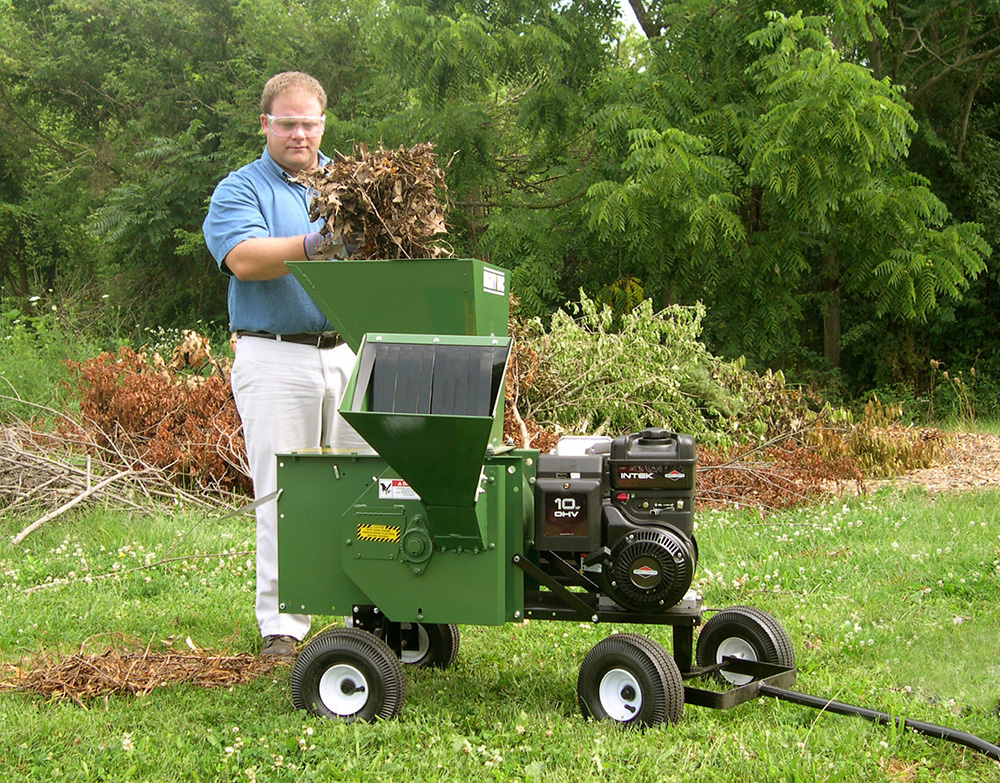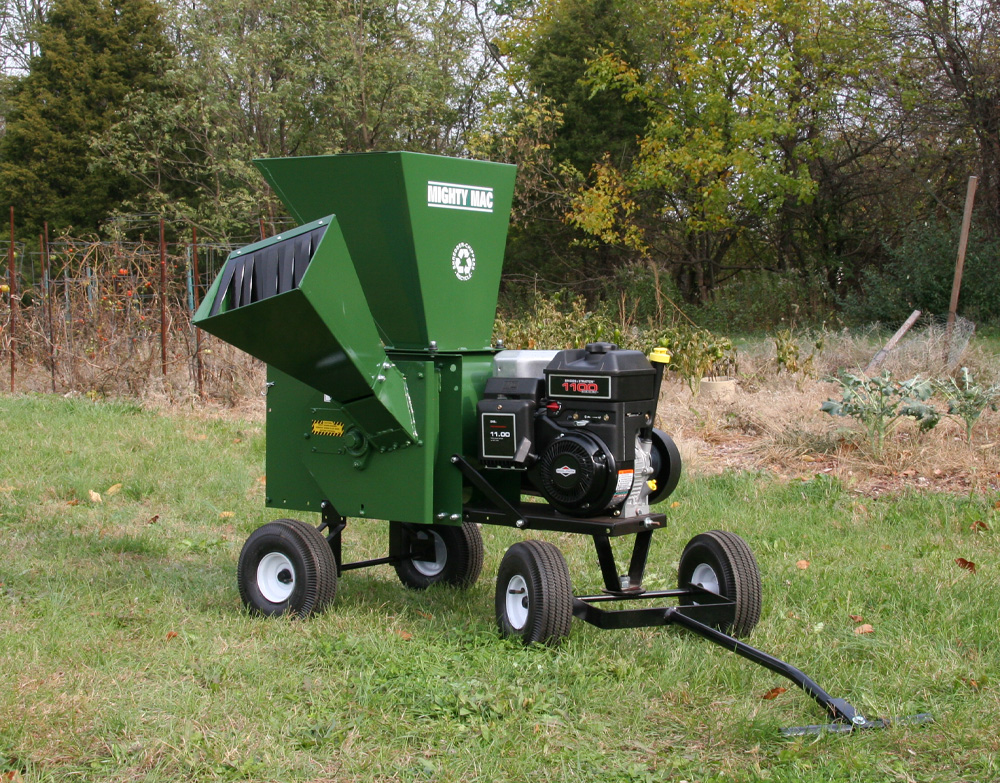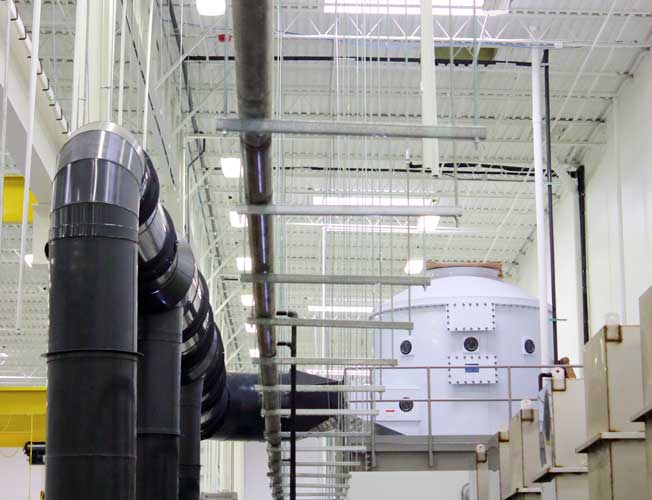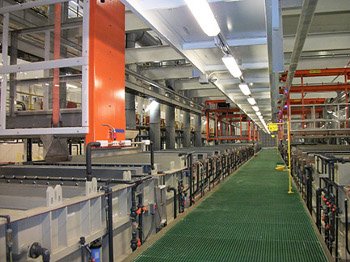
Maintaining a garden requires effort, dedication, and the right tools. One essential tool that every gardener should consider is a wood chipper shredder machine. A high quality gas powered woodchipper that shreds as well is indispensable for turning tree branches and yard refuse into valuable mulch for your garden. Let's delve deeper into why chipping and shredding are beneficial, the different types of wood chippers available, and why investing in a high-quality machine is crucial.
Why Chip and Shred?
Chipping and shredding tree branches and yard waste offers the homeowner multiple benefits for your garden and the environment. Here are some compelling reasons to consider this practice:
1. Nutrient-rich Mulch: The chipped and shredded material can be used as mulch, which enriches the soil with essential nutrients as it decomposes.
2. Weed Control: A thick layer of mulch can help suppress weeds, reducing the need for herbicides and manual weeding.
3. Moisture Retention: Mulch helps the soil retain moisture, reducing the frequency of watering.
4. Cost-effective: Instead of purchasing mulch, you can produce your own, saving money in the long run.
Not All Wood Chippers are Created Equal
When it comes to wood chippers, it's important to understand that they come in various sizes and capacities. Not all machines should be considered equal, and buying a well-made, high-quality wood chipper made in the USA will pay long-term dividends.
The market offers a range of options, from compact electric models suitable for small gardens to powerful gas-powered machines capable of handling large branches and extensive yard waste. Among them, the best gas powered wood chipper is the Mighty Mac and it stands out for its efficiency and reliability, making it an excellent investment for serious gardeners and landscapers.

Made in the USA: A Rare Find
It might surprise you to learn that very few outdoor power equipment manufacturers make products here in the USA. While it's essential to support local businesses and the domestic economy, it's equally important to prioritize quality and performance when choosing a wood chipper.
What Makes Some Wood Chippers Better Than Others?
Several factors distinguish high-quality wood chippers from their lesser counterparts:
1. Engine Power: A robust engine ensures efficient chipping and shredding of various materials, including hardwood branches.
2. Safety Features: Look for safety features such as a locking hopper, emergency shut-off, and overload protection to prevent accidents.
3. Durability: Choose a machine made from high-quality materials that can withstand the rigors of regular use.
4. Ease of Maintenance: A well-designed wood chipper is easy to maintain, with accessible parts and straightforward servicing procedures.

Power Take Off (PTO) Wood Chippers: A Game-Changer for Tractor Owners
For tractor owners, a Power Take Off (PTO) wood chipper is a valuable addition to their outdoor power equipment arsenal. A PTO wood chipper for sale is specifically designed to work with most tractor PTO systems, offering greater efficiency and power compared to standalone models.
The PTO system allows the wood chipper to utilize the tractor's engine power, enabling it to handle larger branches and more extensive yard waste with the additional horsepower. This setup is particularly beneficial for those with extensive gardens or large properties, where a tow behind wood chipper can make quicker work if your property is vast.
Chipping and shredding tree branches and yard refuse for mulch is a cost-effective and environmentally friendly practice that offers numerous benefits for your garden. When choosing a wood chipper, it's crucial to go for a high-quality machine that meets your specific needs and requirements. Factors such as engine power, safety features, durability, and ease of maintenance distinguish high-quality wood chippers from their lesser counterparts. For tractor owners, a PTO wood chipper for sale is a game-changer, offering greater efficiency and power compared to standalone models. The PTO system allows the wood chipper to utilize the tractor's engine power, making it ideal for those with extensive gardens or large properties.
In conclusion, investing in a high-quality wood chipper shredder is a wise decision for any gardener or landscaper looking to enhance their garden's health and aesthetics. With the right machine, you can turn tree branches and yard waste into valuable mulch, saving money and benefiting the environment in the process.




